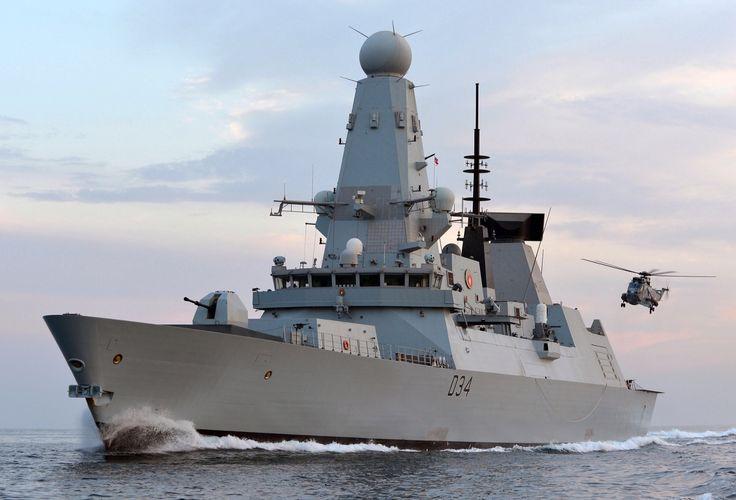Throughout history, the oceans have been more than vast expanses of water they have been highways of commerce, zones of power projection, and arenas of conflict. Naval warfare strategy has always played a critical role in shaping the rise and fall of empires. From the triremes of ancient Greece to the battleships of World War II and today’s advanced aircraft carriers, navies have continually evolved their strategies to maintain dominance over the seas. In today’s geopolitical environment, with emerging technologies and heightened tensions, the future of naval warfare strategy is undergoing a dramatic transformation.
A Legacy Rooted in Power Projection
The earliest naval strategies were built on one fundamental principle: control of the sea. Dominance over waterways meant control of trade routes, communication lines, and military mobility. This was the case for Britain during the height of its empire, where the Royal Navy ensured both economic prosperity and global influence. The United States inherited a similar approach in the 20th century, building a fleet capable of global power projection.
Yet, the modern security environment presents challenges beyond traditional battles at sea. The lines between conventional and asymmetric threats have blurred, pushing naval warfare strategy into new domains.
The Shift Toward Multi-Domain Operations
The 21st-century battlespace is no longer confined to the surface of the ocean. Subsurface threats from advanced submarines, aerial challenges from drones and aircraft, and even space-based surveillance capabilities have expanded the battlefield. Modern naval warfare strategy must now be multi-domain, integrating land, sea, air, cyber, and space operations.
For example, the U.S. Navy and allied forces emphasize distributed maritime operations (DMO). This strategy disperses naval assets across wider areas to avoid presenting a single vulnerable target while leveraging networked communication systems to coordinate strikes with precision. This model reflects a fundamental shift from concentrated fleets to agile, dispersed, and digitally interconnected naval forces.
The Role of Technology in Shaping Naval Strategy
Technology is the greatest disruptor in naval warfare today. Autonomous systems, artificial intelligence, and cyber capabilities are reshaping how navies operate.
-
Unmanned Vehicles: Both surface and underwater drones are being deployed for reconnaissance, mine countermeasures, and even offensive missions. These reduce risks to human crews while expanding operational reach.
-
Cyber Warfare: Naval operations now require advanced cyber defenses. A single breach could disable a warship’s navigation or weapons systems, making cyber resilience as critical as physical armor.
-
Hypersonic Weapons: With their unmatched speed, hypersonic missiles challenge traditional naval defenses. Strategies now emphasize rapid detection and layered missile defense systems to counter these threats.
Technology has turned the ocean into a digital battlefield, where information dominance can be just as decisive as firepower.
Regional Dynamics and Naval Strategy
Naval warfare strategy also varies depending on regional dynamics. In the Indo-Pacific, where maritime disputes and freedom of navigation operations dominate headlines, strategies emphasize deterrence and presence. Carrier strike groups, amphibious ready groups, and submarine fleets all play a role in demonstrating power and ensuring open sea lanes.
In contrast, the Arctic is emerging as a new frontier for naval competition. Melting ice has opened new routes, and navies are adjusting their strategies to secure resources and project influence in these harsh conditions.
The Mediterranean, Persian Gulf, and South China Sea remain flashpoints where naval warfare strategy must balance deterrence, diplomacy, and readiness for escalation.
Human Element: Training and Leadership
While technology and strategy often dominate discussions, the human factor remains vital. Seamanship, adaptability, and decision-making under pressure are irreplaceable qualities. Modern naval training emphasizes joint exercises with allied nations, simulation-based war gaming, and leadership development to prepare officers for the complexity of modern maritime operations.
Looking Ahead: The Future of Naval Warfare Strategy
The future of naval warfare strategy lies in flexibility, innovation, and collaboration. Navies must remain agile in adapting to new technologies while building partnerships to ensure collective security. No single navy, no matter how powerful, can address the full spectrum of maritime challenges alone.
As artificial intelligence advances and autonomous fleets become more common, ethical and strategic questions will shape their use. Will unmanned systems dominate future naval battles? Will cyber warfare overshadow traditional missile exchanges? These uncertainties make naval warfare strategy not only a science but also an evolving art.
Conclusion
Naval warfare strategy is more than the deployment of ships—it is the orchestration of power across domains, technologies, and alliances. The oceans remain the lifelines of global stability, and strategies to secure them continue to evolve with each new threat and innovation. From protecting trade routes to deterring aggression, the seas will always be a stage where nations prove their resilience and resolve.
As navies navigate the uncharted waters of the 21st century, one truth endures: command of the seas remains synonymous with influence, security, and survival. The evolution of naval warfare strategy ensures that the balance of power at sea will continue to shape the destiny of nations.

